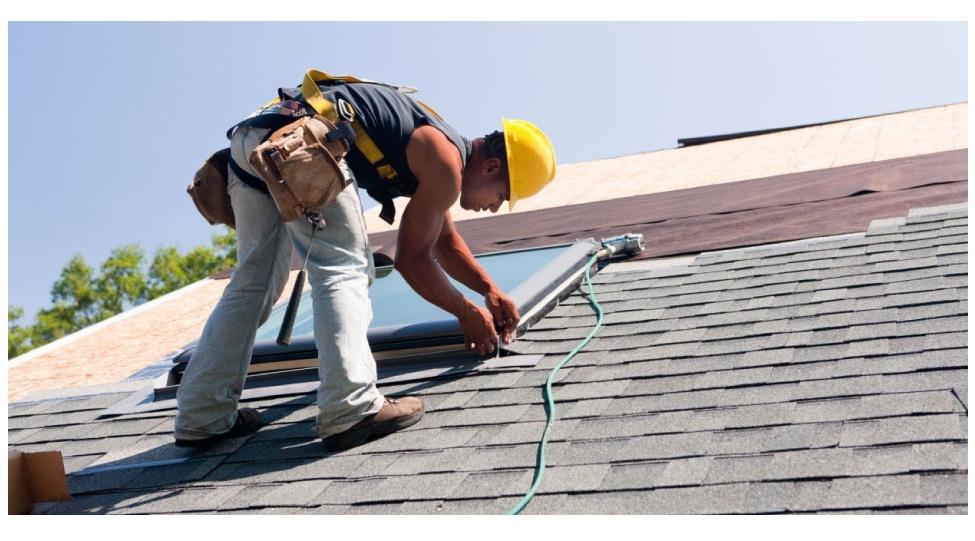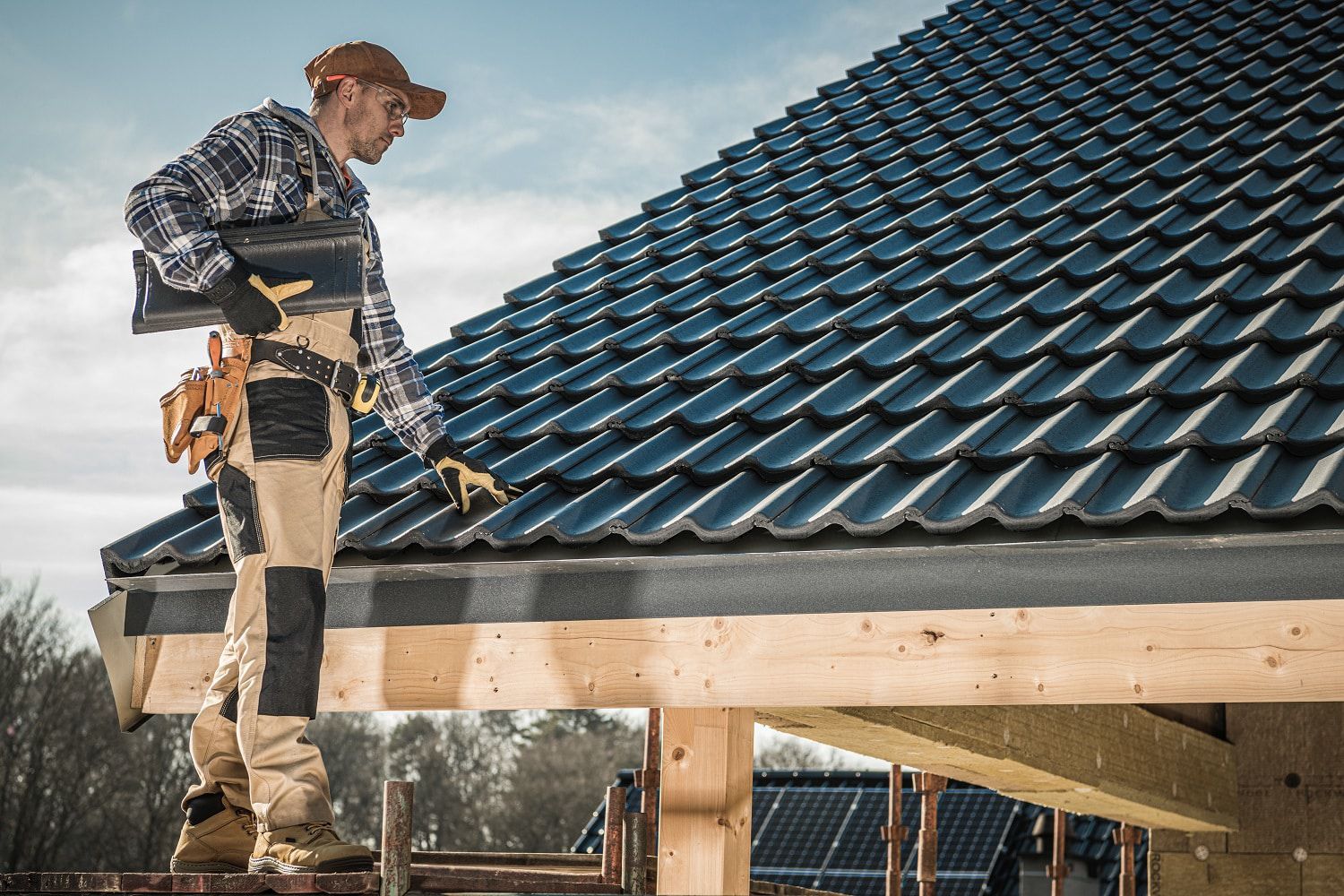Work with an professional Toledo Roofer for industrial roofing projects.
Work with an professional Toledo Roofer for industrial roofing projects.
Blog Article
How to Evaluate Different Roof Covering Options for Your Building Needs
Assessing roof covering choices for your building calls for an extensive method that thinks about various elements such as the meant usage of the structure, regional climate problems, and material characteristics - Toledo Roofer. It is important to weigh the benefits and drawbacks of various roof kinds, from asphalt shingles to steel and clay ceramic tiles, while additionally factoring in first expenses and long-term upkeep.
Evaluating Your Structure's Needs
To effectively examine roof covering choices, begin by extensively examining your structure's needs. Begin by taking into consideration the structure's planned usage, as various structures may require differing roof specifications. Household roofing systems commonly prioritize looks and insulation, while business buildings might concentrate on durability and load-bearing capability.
Following, assess the local environment conditions that will impact roof performance. Aspects such as temperature fluctuations, precipitation levels, and wind patterns can influence material option and layout. A roofing system that masters a pleasant environment may not perform as well in locations susceptible to heavy snowfall or extreme warm.
In addition, evaluate the structural honesty of your building. Make certain that the existing structure can support the chosen roof covering products, specifically if considering larger options. It is also important to examine any type of neighborhood building ordinance or regulations that might determine certain requirements for roof.

Comparing Roofing Products
Once a comprehensive assessment of your structure's requirements has been completed, the next action entails comparing different roofing products. Each product supplies unique advantages and drawbacks, making it important to straighten your option with your certain needs and situations.
Asphalt shingles are commonly recognized for their price and simplicity of installation, making them a preferred alternative for residential structures. On the other hand, steel roof, understood for its resilience and durability, can hold up against extreme weather but may come with a higher initial investment.
Clay and concrete tiles give exceptional thermal insulation and aesthetic charm, particularly for Mediterranean-style architecture, yet they need an even more durable structural assistance as a result of their weight. Timber trembles offer an all-natural look and great insulation residential or commercial properties yet may demand a lot more upkeep and are prone to fire risks.
Examining Cost and Budget
Examining your roofing alternatives demands a mindful analysis of expense and budget considerations. The general budget plan for a roof covering project consists of numerous elements, including product prices, labor expenditures, upkeep, and possible long-term savings. It is crucial to develop a clear budget plan prior to checking out certain roof materials, as this will certainly lead the decision-making process and aid you stay clear of overspending.
Begin by obtaining quotes from numerous contractors to understand labor expenses in your area. Make sure that these estimates consist of check over here all required solutions, such as elimination of the old roof, installation, and any added functions, like insulation or ventilation enhancements - Perrysburg Roofer. Next off, assess the price of different roof covering materials, considering both first installation prices and expected life expectancy

Recognizing Energy Effectiveness
Power efficiency plays a vital role in the selection of roof covering products and systems, significantly affecting both power usage and general convenience within a building. A well-chosen roof covering can enhance thermal performance, decreasing the demand for home heating and cooling down systems, which subsequently decreases power expenses and minimizes ecological effect.
When examining roofing choices, consider materials that reflect instead of take in warm. Light-colored or reflective roof items can significantly reduce roof surface area temperature levels, causing lower energy usage during warm months. In addition, proper insulation and air flow are vital to maximize the power performance of the whole roof. Insulation stops warm transfer, while air flow mitigates warmth buildup in the attic room space.
An additional important element is the roof's longevity and maintenance needs. Long lasting products that need less frequent substitute add to long-lasting energy savings. The energy efficiency of a roof covering system can likewise be examined through its compliance with well established sustainability scores such as Power STAR or LEED.
Thinking About Visual Allure
A roof covering's aesthetic charm significantly affects the overall appearance of a structure, enhancing its architectural style and enhancing curb allure. Roofer. When evaluating roofing options, it is vital to take into consideration how the chosen material, color, and design will integrate with the existing structure and community. A properly useful content designed roofing system can elevate even the easiest of buildings, transforming them right into visual centerpieces
Various roofing products offer numerous visual qualities. Conventional roof shingles may evoke view it now a traditional charm, while metal roof covering can give a modern-day, streamlined look. Furthermore, the shade of the roof covering material plays a vital duty; lighter tones can make a structure show up even more roomy, while darker tones might create a cozier atmosphere.
Moreover, architectural components, such as dormers and eaves, can enhance the roofing system's aesthetic influence. It is advisable to seek advice from with specialist designers or engineers to make certain the selected roof choice straightens with the general design intent. Eventually, a roofing system needs to not just supply functional benefits yet additionally add positively to the building's aesthetic, reflecting the proprietor's taste and the personality of the surrounding atmosphere.
Conclusion

Report this page